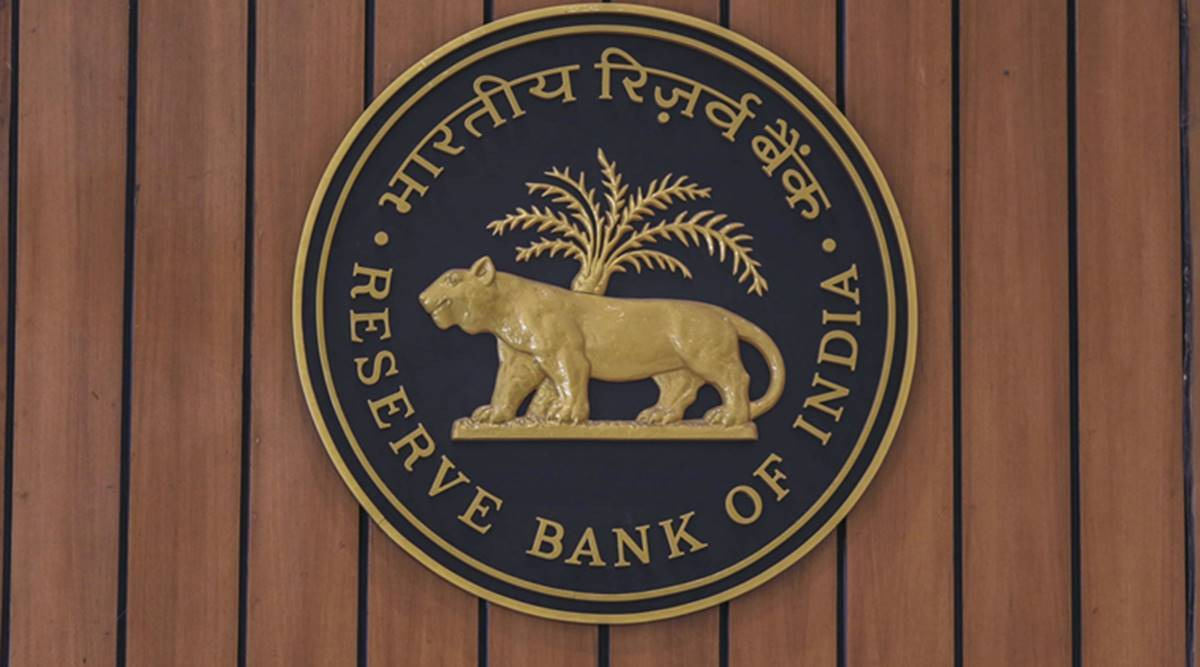Continued Pause Reflects Encouraging Inflation Trends and Policy Efficacy
New Delhi, 5th June 2024 – The Reserve Bank of India (RBI) is expected to retain its policy repo rate at 6.5% during the forthcoming Monetary Policy Committee (MPC) meeting, scheduled from June 6 to June 8, according to industry experts. The decision follows a recent decline in retail inflation, underscoring the effectiveness of previous rate adjustments implemented by the central bank.
During the previous MPC meeting held in April, the RBI opted to pause its rate hike cycle and maintain the repo rate at 6.5%. This decision came after a series of rate hikes, totalling 250 basis points since May 2022, which were aimed at tackling inflationary pressures.

(Photographer: Dhiraj Singh/Bloomberg)
Experts emphasize the downward trajectory of consumer price-based (CPI) inflation as a key factor supporting the continuation of the current policy rate. In April, CPI inflation reached an 18-month low of 4.7%, and Reserve Bank Governor Shaktikanta Das hinted at further declines in May.
The CPI data for May is scheduled to be released on June 12. Madan Sabnavis, the Chief Economist of the Bank of Baroda, believes that the lower-than-expected inflation figures provide a strong rationale for maintaining the repo rate at 6.5%.
Sabnavis further highlights the impact of past repo rate actions on inflation, suggesting that a pause in rate adjustments is warranted. However, he notes that the overall policy stance may shift towards withdrawing accommodation due to increased liquidity resulting from the exchange of ₹2,000 notes.
The RBI will closely monitor the progress of the monsoon season and the potential impact of El Nino on the Kharif harvest, as these factors can have implications for prices. Experts anticipate a potential 25-50 basis point reduction in the repo rate after October.
The government has mandated the RBI to uphold CPI inflation at 4% with a margin of 2% on either side.
Bankers also anticipate that the central bank will maintain its pause in the upcoming policy announcement. Rajneesh Karnatak, the Managing Director of the Bank of India, highlights the moderate levels of inflation and the substantial repo rate increase of 2.5% already implemented by the RBI. Karnataka believes that there is no immediate need for further upward adjustment in the repo rate.
Considering inflation, liquidity levels in the banking system, and recent GDP figures, experts suggest that the RBI is likely to sustain its current interest rate policy. Saket Dalmia, the President of the PHD Chamber of Commerce and Industry, commends the RBI for the efficacy of its policy rate adjustments in curbing inflation. Dalmia emphasizes the positive impact of the repo rate increase on inflation.
Ramnath Krishnan, the Managing Director & Group CEO of Icra, predicts that given the easing of inflation and positive growth performance, the RBI is likely to extend its pause in rate adjustments in June. Market participants are also keen to gain insights into the RBI’s liquidity management strategies and the potential impact of reintroducing ₹2,000 notes into the banking system.
The MPC, chaired by RBI Governor Shaktikanta Das, comprises six members, including prominent economists and RBI officials. The final decisions made by the RBI will depend on various factors, including economic data, inflation trends, global economic conditions, and prevailing challenges.
In conclusion, industry experts predict that the RBI will maintain the policy repo rate at 6.5% during the upcoming MPC meeting. This decision aligns with the encouraging inflation trends and validates the effectiveness of previous policy rate actions undertaken by the central bank in fostering economic stability.
As the Indian economy continues to recover from the impacts of the COVID-19 pandemic, the stability of the monetary policy plays a crucial role in supporting growth and managing inflationary pressures. The RBI’s cautious approach to maintaining the current repo rate reflects its commitment to strike a balance between boosting economic activity and keeping inflation in check.
The recent decline in retail inflation has provided some relief to policymakers, indicating that previous rate hikes have had a positive impact. This, coupled with the anticipation of further declines in inflation, creates a favourable environment for the RBI to hold the repo rate steady.
However, the central bank remains vigilant about external factors that could potentially disrupt the inflation trajectory. The monsoon season and the risk of El Nino are closely monitored as they have the potential to impact agricultural output and consequently influence prices.
While experts anticipate a potential reduction in the repo rate later in the year, the immediate focus is on sustaining the current policy stance. The government’s inflation target of 4% with a margin of 2% provides a clear framework for the RBI’s actions.
The banking industry, in general, supports the expectation of a policy rate pause. With the repo rate already increased by 2.5% and inflation at moderate levels, bankers believe that the current rate is sufficient to maintain a balanced approach towards growth and inflation management.
Looking ahead, market participants are keen to gain insights into the RBI’s strategies for managing liquidity in the banking system. The reintroduction of ₹2,000 notes into circulation is expected to have an impact on liquidity levels, and the RBI’s measures to maintain stability will be closely watched.
As the MPC meeting approaches, all eyes are on the RBI’s decision. The central bank’s approach to monetary policy will play a critical role in supporting India’s economic recovery and ensuring price stability. By striking the right balance, the RBI aims to foster sustainable growth while keeping inflation within the desired range.












